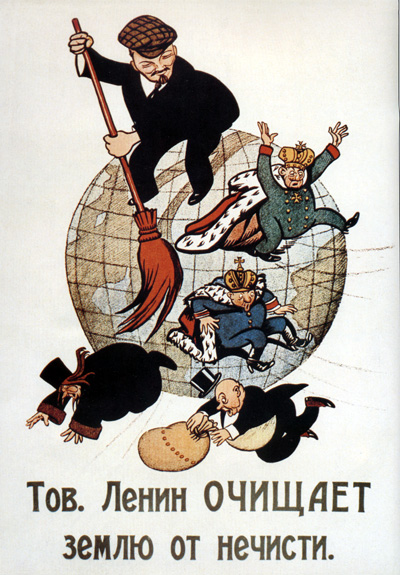Quoting Gabriella Romano’s The Pathologisation of Homosexuality in Fascist Italy: The Case of ‘G’, page 29:
Virility, [George L.] Mosse argued, became a national symbol during the régime, embodied by the dictator’s himself, his physique, his behaviour and way of addressing the crowds, his gestures; dandyism, weakness, effeminacy were perceived as anything that stood in the way, anything that was anti-Mussolini and his ideology.
Furthermore, as the régime concentrated on demographic campaigns, homosexuality came to be perceived as sterile and therefore essentially anti-fascist and selfish, against what was good for the nation. The New Italian Man’s actions were to be inspired by his love for the country: private life was considered a responsible act towards the nation, sexuality had to be aimed at procreation.
(Emphasis added. Click here for more.)
Every Italian had the duty to be physically and morally fit, the régime insisted on the necessity to practice regular physical activity that would guarantee strength and health. Anybody that appeared different from this norm was considered as visibly contesting fascist ideals: the anti-New Man stereotype was lazy, weak, cowardly, undisciplined, selfish in its anti-family choice and therefore a scrounger and a parasite of society. His refusal to be an integral part of civilised life made him ugly, disharmonious, ridiculous.
Zuccarello¹³ investigated these concepts further, showing how effeminacy came to equal “ugliness” under Fascism, the opposite of grace, strength and classically-inspired beauty: the homosexual was portrayed as thin, emaciated, pale, his eyes reddened by vice. A concept that the psychiatric profession took to its extreme consequences, in accordance with Lombroso’s theories: deviancy, as mentioned, was thought to have some identifiable physical traits, homosexuals, criminals, prostitutes were examined, in search for some physical points of resemblance that would allow categorisation.



